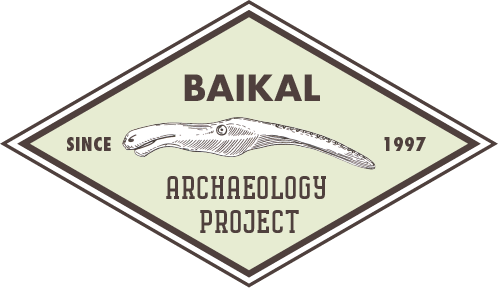Some great news from Pavel Tarasov in Berlin! Congratulations to Pavel Tarasov, Franziska Kobe, Larissa Savelieva, Christian Leipe and all co-authors on the publication of their recent on the publication of their recent article in the Quaternary International!
Title: Lateglacial and Holocene changes in vegetation and human subsistence around Lake Zhizhitskoye, East European midlatitudes, derived from radiocarbon-dated pollen and archaeological records
Authors: Tarasov PE, Savelieva LA, Kobe F, Korotkevich BS, Long T, Kostromina NA, Leipe C.
Abstract: The numerous lake and peat sedimentary archives of Central European Russia are ideal for studying the Lateglacial–Holocene climate and vegetation history of the region. However, robustly dated palaeoenvironmental records have only become available in the last decade and are still few and far between. Together with the continuously growing archaeological record and increasing focus on absolute dating of cultural assemblages, such records, where available, offer an excellent opportunity to study human-environment interactions in the region. For this study we selected one of the most detailed regional pollen records, from a 4.5-m-long sediment section from Zmeinoe Mire (56°16′53″ N, 31°15′36″ E) at Zhizhitskoye Lake (165 m a.s.l.). We performed quantitative pollen-based biome reconstruction and constructed a Bayesian age-depth model to ensure maximum chronological control of the sediment succession.
To link the reconstructed vegetation changes to human activities, we gathered and summarized available archaeological data from the study area. Our results show that humid conditions and taiga-like patchy forests (spruce, pine, birch) dominated the study region during the Lateglacial. The Early Holocene (ca. 11,650–8000 cal yr BP) was marked by a warming and drying trend indicated by the spread of cool-temperate summergreen broad-leaved trees and shrubs (elm, lime, hazel) and the retreat of spruce. Warmest conditions, expressed by the maximum contribution of temperate deciduous woody taxa to the pollen assemblages, were recorded during the Middle Holocene (ca. 8000–4000 cal yr BP) when Mesolithic and Neolithic hunter-fisher-gatherer groups flourished in the region.
The pollen record suggests that the regional climate became cooler and wetter after 4000 cal yr BP, which may explain the decline of the Neolithic pile dwelling settlement Naumovo at Zhizhitskoye Lake around 3800 cal yr BP. Evidence for human impact on natural forest vegetation becomes visible from 5000 cal yr BP, although it remains at modest levels until the end of the Neolithic (3500–3000 cal yr BP). Decline in arboreal pollen percentages intensified after ca. 2800 cal yr BP, indicating the onset of increased deforestation for pasture, farmland, construction material and fuel by Iron Age populations. This is in line with the foundation of the fortified Iron Age Anashkino settlement north of Zhizhitskoye Lake dated to around 2750 cal yr BP. Forest clearance further increased during the second half of the Iron Age (5th century BCE–5th century CE) and again from ca. 1200 cal yr BP after the onset of the Middle Ages.
The article is now available online via a Share Link:
https://authors.elsevier.com/a/1dM0B3ic-FQEFn
This is a personalized URL providing 50 days’ free access to the article. Anyone clicking on this link before August 24, 2021 will be taken directly to the latest version of the article on ScienceDirect, which they are welcome to read or download. No sign up, registration or fees are required.
Congratulations to Franziska and all co-authors!
Franziska’s profile here: https://baikalproject.artsrn.ualberta.ca/team/franziska-kobe/?portfolioCats=5%2C6%2C7%2C8%2C9


